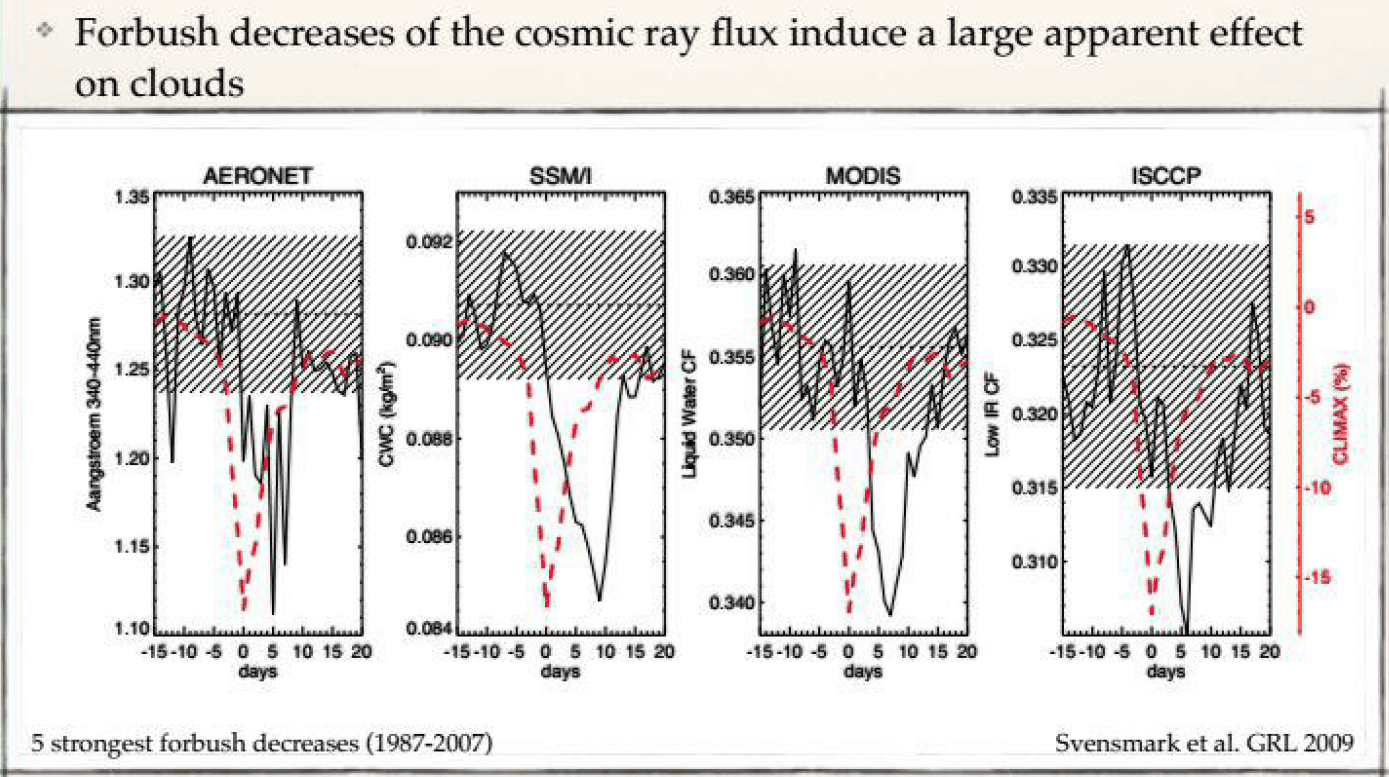Summary
- Recent climate changes are due to the reinforcement of 2 solar-related osciallations; often called the Bray (or Hallstatt) and the Eddy cycles. The Bray is likely about 2318 years [1], and the Eddy about 1000 years.
- But how? The mechanism by which changes in climate cycles affect surface temperatures is disputed, as is the surface temperature change. The best evidence I've seen comes for Joe Bastardi. He is weather forecaster. So we can completely trust his data as he must use the best data to forecast the weather. Bastardi's basic argument is that the ultimate cause of current climate changes are changes in seizmic activity.
Solar cycles significantly affect seismic activity.
Volvanoes and earthquakes happen at seismic fault lines where tectonic plates overlap."In this paper, we analyze 20 years of proton density and velocity data, as recorded by the SOHO satellite, and the worldwide seismicity in the corresponding period, as reported by the ISC-GEM catalogue. We found clear correlation between proton density and the occurrence of large earthquakes (M> 5.6), with a time shift of one day. The signifcance of such correlation is very high, with with probability to be wrong lower than 10-5 " [meaning one in 10000] ... In this paper, we demonstrate that it [the correlation] can likely be due to the effect of solar wind, modulating the proton density and hence the electrical potential between the ionosphere and the Earth ... our hypothesis only implies that the proton density would act as a further, small trigger to cause the fracture on already critically charged faults, thus producing the observed large scale earthquake correlation."
Marchitelli et al only claim an fingerprint between seismicity and solar wind proton density. Increased seismicity leads to both volcanos and earthquakes. Only earthquakes were used in the data because there are tens of thousands per year; leading to excellent statistical certainty. in contrast there are about 25+ new volcanoes each year; too few to give good statistical certainty.
Links: Salon | Nature (paper, open access)
-
How does seizmic activity affect climate?
Massive volcanic erruptions can eject ash into the stratosphere which increases earth's albedo and reflects sunlight away. But that is not, generally what happens. Bastardi believes that this increased seizmic activity is associated with changes in tropospheric water vapour content; which ultimately causes warming
Warming is mainly in the Arctic
- It may be that these seizmic activity changes are merely coincidental. Climate warming can also be due to less cloud cover over the sky. Clouds reflect sunlight out to space. Fewer clouds let in more sunlight.
- From 1996, Henrik Svensmark / Eigil Friis Christensen first show how cosmic rays control cloud cover.
-
The graph below is from a presentation in March 2018 by Henrik & Jacob Svensmark. It shows the strong connection over a 30 year period between cosmic ray variations, as modulated by the non-radiant features of solar activity [NRSA], and their effect on the level of cover from low clouds. This is able to explain NRSA's link with temperature on timescales of days to decades.
This controlling role of the NRSA is crucial to the theory of the solar factor because major variation in total solar radiant heat output - RHO - is slow and therefore only able to account for climate changes on timescales from about 50 years upwards.
Clinching evidence for the link between variation in cosmic ray flux and the level of cloudiness comes from sudden and and short term decreases in this flux - known as Forbush decreases [see note below] - and their apparent effect on cloudiness within days, as shown by in the diagrams below
Note on Forbush decreases. These arise from sudden and short term changes to the magnetic field of the solar plasma wind, which follow from ejections of material by the sun known as coronal mass ejections [CME's] - see Wikipedia for details
Rapid AMO warming from the mid 1990’s is covariant with:
- A decline in low cloud cover globally, leading to surface warming, and increased upper ocean heat content.
- Changes in the vertical distribution of water vapour: Declines in lower stratosphere water vapour leading to cooling. Increases in low-mid troposphere water vapour, at least due to higher SST’s coupled with an increase in surface wind speeds over the oceans, leading to low-mid troposphere warming.
- Reduced CO2 uptake in the warmer North Atlantic and in land regions made drier by the warm AMO phase (and increased El Nino).
All because ocean phases vary inversely to changes in climate forcing.
- Best way to measure climate warming?
- Measuring the temperature of the lower troposphere as measured by satellites. This temperature series began in 1979. It's adantage is in the elimination of the urban heat effect, and it requires no bizarre manipulation
- Measures of sea-level rise.
Because water expands when heated, sea-levels will rise and this expansion can be used as an indirect measure of ocean temperature increase.
Oceans are a heat sink. Warming of earth's surface mostly goes into the oceans.
There are two reliable ways to measure surface warming.
References
- Scafetta, Nicola, Milani, Franco, Bianchini, Antonio, Ortolani, Sergio, On the astronomical origin of the Hallstatt oscillation found in radiocarbon and climate records throughout the Holocene, Earth Science Reviews (2016), doi: 10.1016/j.earscirev.2016.09.004













No comments:
Post a Comment